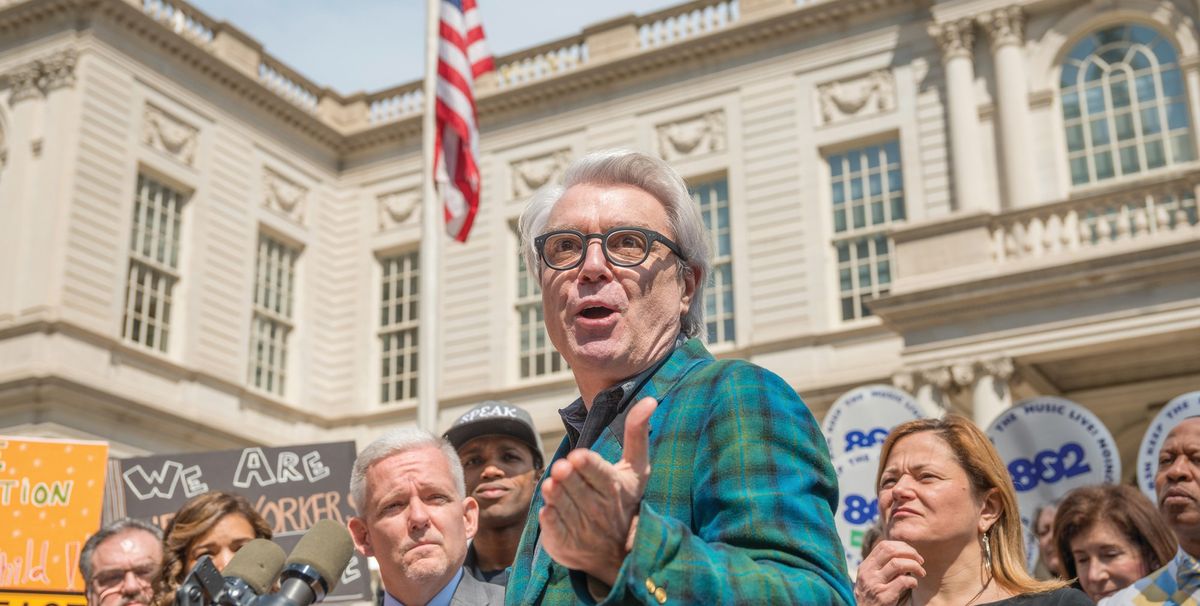Calls of support for the National Endowment for the Arts (NEA)—one of 19 federal agencies targeted for the axe under US President Donald Trump’s proposed budget—have come from unexpected quarters. At the end of March, a letter signed by more than 150 members of the US House of Representatives, including 11 Republicans, asked that the NEA’s funding not only be spared but increased from $148m to $155m.
The letter was spearheaded by the house’s Arts Caucus co-chairs Louise Slaughter (Democrat, New York) and Leonard Lance (Republican, New Jersey). Lance says bipartisan support for the NEA is crucial and also points to a unique incentive from the “Republican perspective”: the “multiplier effect” that arts funding has on the US economy. This benefit was also a focus of the letter, which stated that “the total dollar amount that the arts and culture sector contributes to the US economy is more than $729bn, or 4.23% of the US gross domestic product, more than construction ($672bn) or transportation and warehousing ($510bn).” This follows a letter in support of the NEA from 24 US senators, including two Republicans and two Independents, sent to President Trump in February.
Lance again spoke in support of the agency at the Paper Mill Playhouse, a local theatre in Millburn, New Jersey, when it held a performance on 17 April by participants in its Theatre for Everyone initiative, which provides acting classes for people with autism and their families and received $40,000 of NEA funding last year. “I think it is critically important that the arts be as inclusive as possible,” Lance tells The Art Newspaper.
The former governor of Arkansas, Mike Huckabee, who ran against Trump in the Republican presidential campaign, wrote “a conservative plea for the National Endowment for the Arts” that was published in the Washington Post in March, focusing on the impact the agency has for the country’s future generations, especially those in disadvantaged areas. “Many children get their only access to music and the arts via grants made by the NEA—40% of which go to high-poverty neighbourhoods, while 36% reach underserved people, such as veterans and those with disabilities,” Huckabee wrote. “In fiscal 2016, NEA grants went to nearly 16,000 communities, in every congressional district in the country.
A Rally to Save the Arts organised by the New York City Council was held in front of City Hall on 3 April, drawing speakers including David Byrne, the writer, musician and former Talking Heads frontman, and Tom Finkelpearl, the commissioner of the city’s department of cultural affairs and the former director of the Queens Museum. Bipartisan backing for the arts is exactly what is needed in Congress, Finkelpearl told us after the event. “This is not a thing where it’s us against them. Cultural boards are often very diverse politically. In Queens, we had Republicans on our board.” He also pointed to New York’s own robust cultural infrastructure as a positive example. “We’re the next biggest arts council in the US—bigger than any other state or city. And it’s partially because of this long-term support from elected officials who recognise the value of the arts and culture to their communities.”


